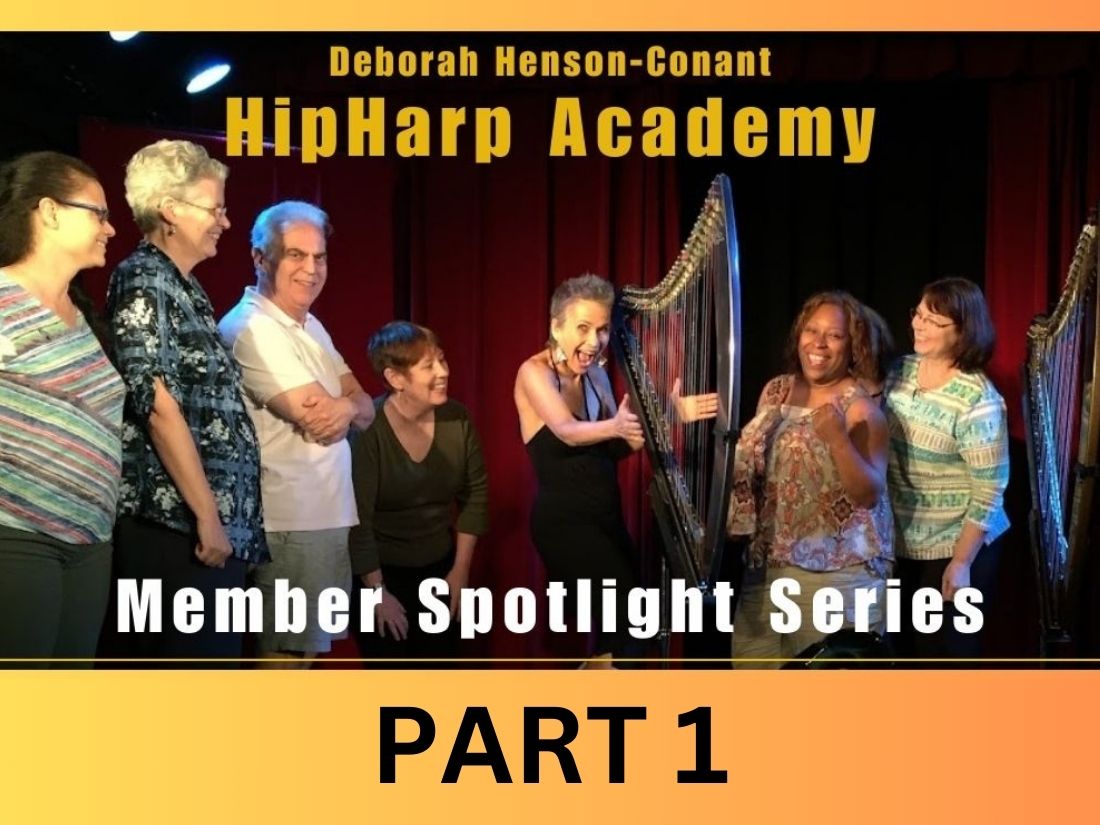
Welcome to Part 1 of Hip Harp Academy Member Spotlight Series
For the last 3 months, the members of Hip Harp Academy have been stretching themselves creatively, learning to put their creative expression into forms that they can share with others. Now they’re sharing that with you – in the form of these video shares.
How to enjoy these wonderful video shares: Enjoy the creativity and the willingness to share. Think about the fact that each of these videos is a unique creation – none of these musicians are playing written sheet music – they’ve created these arrangements by learning the fundamentals of arrangement and improvisation and putting them into play – literally – in their own creations.
Read their own account of their personal creative journey in creating each video by clicking the toggle beneath each video – and I encourage you to do that if you really want to be inspired.
Some of the players have played for years, and even decades – some have come to the harp as adults – some even as a retirement gift for themselves. We’re a community connected by a commitment to creative expression. Every week we meet for masterclasses and training, during the week we practice the new ideas and the willingness to be vulnerable, authentic and self-expressed with our instruments, our voices and ourSELVES.
So be inspired by that commitment, let it infuse your own life – and if you play the harp, come join us at Hip Harp Academy.
Vincent and Rembrandt (Jolijne Viergever & Joke Verdoold
Vincent van Gogh and Rembrandt van Rijn are sharing their new hobby. We found that it is really good fun being creative together!
Jolijne & Joke's Insights about this Project
Describe your final project so I know exactly what you’re sending me.
Vincent van Gogh and Rembrandt van Rijn are sharing their new hobby.
What principles from this course or from chats did you use to develop, perform, and record this project – and how did they play a part in your process?
We used some of the modulation warm up inspired by Nathaliana
Give a short description of what it took for you to be able to play what you did – both logistically and emotionally.
We had to find a workshop for the both of us to further develop our skills and creativity.
What freedoms and blocks within yourself did you connect with (or struggle with) in the process?
Vincent: I removed my psychological block by choosing a purple way of expressing myself
Rembrandt: I found a way to connect with my own pretty inner self.
What challenges did you meet while connecting with your own freedom of expression in this project?
Vincent had problems hearing the colours. Rembrandt was struggling with the light.
What other parts of your life were impacted by what you learned in this class, and how?
We have built a lifelong friendship!
What were your personal “Ahas”?
We found that it is really good fun being creative together!
Is there anything else you want people to know when they watch your video?
We hope you enjoy watching this as much as we enjoyed creating it!
Cherie:
I’m gaining more confidence with my playing and achieving my goal of being able to sing & play. I love the blues and I never dreamed that I would actually be able to play it.
Cherie's Insights about this Project
Describe your final project so I know exactly what you’re sending me.
“Wanna play the blues”. From blues by the dozen. This version is in Dorian blues as I found it easier for singing, and it’s simplified.
What principles from this course or from chats did you use to develop, perform, and record this project – and how did they play a part in your process?
When I joined the academy a couple of years ago I started with the Blues course. Everything in this video is from this course that I’ve learnt. I had never played blues or sung with the harp before, and this tune really resonated with me.
Give a short description of what it took for you to be able to play what you did – both logistically and emotionally.
Well, I wanted to play the blues and I finally got the swing rhythm. The “riffs bootcamp” was when I ” got it.” In this tune I could sing and not play at the same time, so that was helpful.
What freedoms and blocks within yourself did you connect with (or struggle with) in the process?
I’ve always wanted to sing and play with the harp but just couldn’t do it. This was an experiment using a mic which also helped me with singing as I’ve felt the harp was louder than my voice and it was a struggle, the mic makes it easier.
What challenges did you meet while connecting with your own freedom of expression in this project?
I had the challenge of changing the key of the tune so I could sing. The “cubes” we used in the jazz course have been great in helping me do this. I also put in other variations in this tune using the pentatonic scale and walking bass.
What other parts of your life were impacted by what you learned in this class, and how?
I’m gaining more confidence with my playing and achieving my goal of being able to sing & play.
What were your personal “Ahas”?
I can do this!! I love the blues and I never dreamed that I would actually be able to play it.
I was blown away when I first saw Deborah playing the blues and thought I’d love to be able to do that.
Is there anything else you want people to know when they watch your video?
I recorded this in the evening after only obtaining the gear to do the electrics for the harp, and mic, so this is an experimental video.
CH:
I had to keep reminding myself on this piece that I didn’t have to play the whole piece and that I didn’t have to play exactly what was written.
CH's Insights about this Project
Describe your final project so I know exactly what you’re sending me.
This is my ongoing attempt at playing the first part, sort of, of Nataliana
What principles from this course or from chats did you use to develop, perform, and record this project – and how did they play a part in your process?
I had to keep reminding myself on this piece that I didn’t have to play the whole piece and that I didn’t have to play exactly what was written.
Give a short description of what it took for you to be able to play what you did – both logistically and emotionally.
It took sheer determination to stick with this. I don’t know why I had so much trouble, but I did.
What freedoms and blocks within yourself did you connect with (or struggle with) in the process?
When I played without looking at the music, I was fine. As soon as I tried to play what was actually written, I froze! You can see in the video, when I looked at the music, I lost it!
What challenges did you meet while connecting with your own freedom of expression in this project?
One challenge was that I thought, “Well, if I can’t play this, at least I will wear dressier clothes. That made it worse! Dressed up, I felt like I had to play perfectly. I sort of felt like I put myself in a straight jacket.
What other parts of your life were impacted by what you learned in this class, and how?
I think I was out of my element on this project. The only way I would have know that was to try.
What were your personal “Ahas”?
My “aha” is that I need to take a break from trying so hard to play this. I will call this experience finished…for now.
Tara:
Even a shortened, adapted version of the piece can sound complete to the listener. Playing like you mean it goes a long way.
Tara's Insights about this Project
Describe your final project so I know exactly what you’re sending me.
This is a brief version of “Nataliana.” Some extraneous noises made it in, too, for that authentic home studio experience.
What principles from this course or from chats did you use to develop, perform, and record this project – and how did they play a part in your process?
I used the principles of distillation and rebuilding to create a version of the piece that was short and yet carried a similar feel and expression to the longer version.
Give a short description of what it took for you to be able to play what you did – both logistically and emotionally.
I had to teach my fingers the shape of some recurring patterns and I had to be willing to accept some “wrong” notes in my explorations. I had to live with the piece for a while to discover what emotional content I wanted to portray.
What freedoms and blocks within yourself did you connect with (or struggle with) in the process?
It can be hard to feel that an adapted version is good enough when there is a complete and wonderful written version. However, when I start to explore alternatives, I can sometimes surprise myself with what sounds fitting and good, That is ultimately very empowering.
What challenges did you meet while connecting with your own freedom of expression in this project?
I tried to be very free with the rhythm. I found it challenging to keep a feeling of fluidity and stretch throughout.
What other parts of your life were impacted by what you learned in this class, and how?
I gained a piece that I will feel comfortable performing even on fairly short notice and without sheet music in front of me. That’s a great confidence builder.
What were your personal “Ahas”?
Even a shortened, adapted version of the piece can sound complete to the listener. Playing like you mean it goes a long way.
Is there anything else you want people to know when they watch your video?
You might notice some extraneous noises in the video: a door opening and closing, a bird clock singing. I didn’t intend them to be there, but I think of them as part of that authentic home studio experience.
Fern Nelson:
Bonnie Berk:
I’m feeling more confident in my ability to write music within my limited skill set and also being less critical of my voice.
Bonnie's Insights about this Project
Describe your final project so I know exactly what you’re sending me.
Song I wrote for my 4-year-old granddaughter using what I learned from this quarter, modulating from key of C to key of G
What principles from this course or from chats did you use to develop, perform, and record this project – and how did they play a part in your process?
Practicing modulating exercises as well as utilizing feedback from the half bake. I also took suggestions from the chats to take the Three Chord Magic course on the website to learn how to sing and play harp.
Give a short description of what it took for you to be able to play what you did – both logistically and emotionally.
I first wrote the song and then developed a tune that was easy to sing to my granddaughter. I tried to keep it simple.
What freedoms and blocks within yourself did you connect with (or struggle with) in the process?
I always think I need to make it more than it needs to be. Also, originally it was too low for my voice so I eventually changed the tune a bit to fit my voice.
What challenges did you meet while connecting with your own freedom of expression in this project?
Being able to change levers smoothly.
What other parts of your life were impacted by what you learned in this class, and how?
Feeling more confident in my ability to write music within my limited skill set. Also being less critical of my voice.
What were your personal “Ahas”?
Playing chords while singing makes so many songs more accessible.
Is there anything else you want people to know when they watch your video?
Always open to more suggestions!
Harpists who Dare!
Harpists Who Dare!
Are you ready to free yourself from the notes on the page?
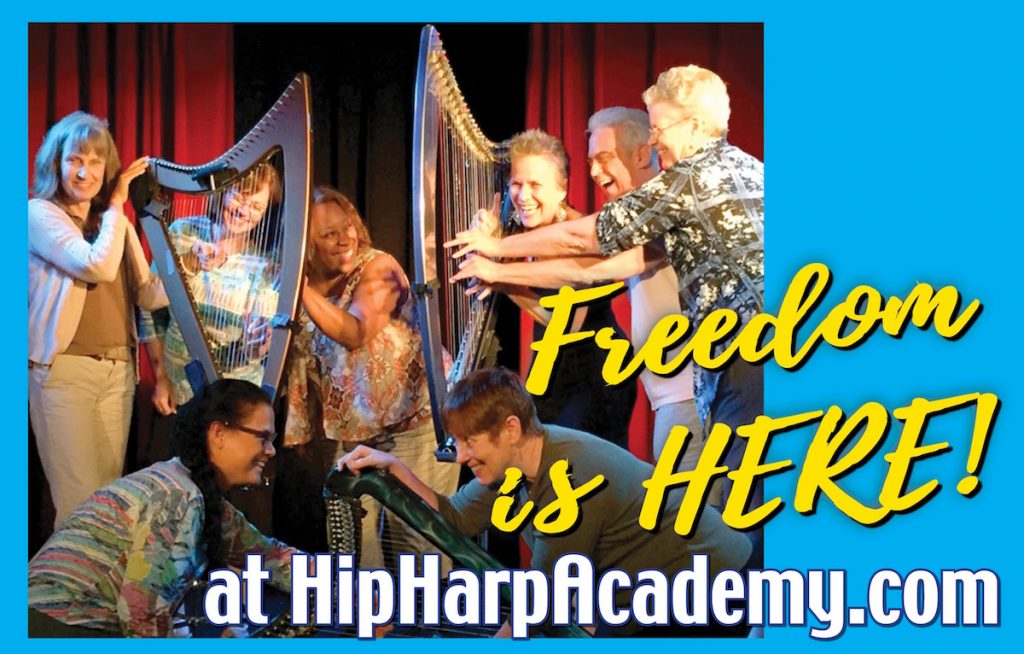


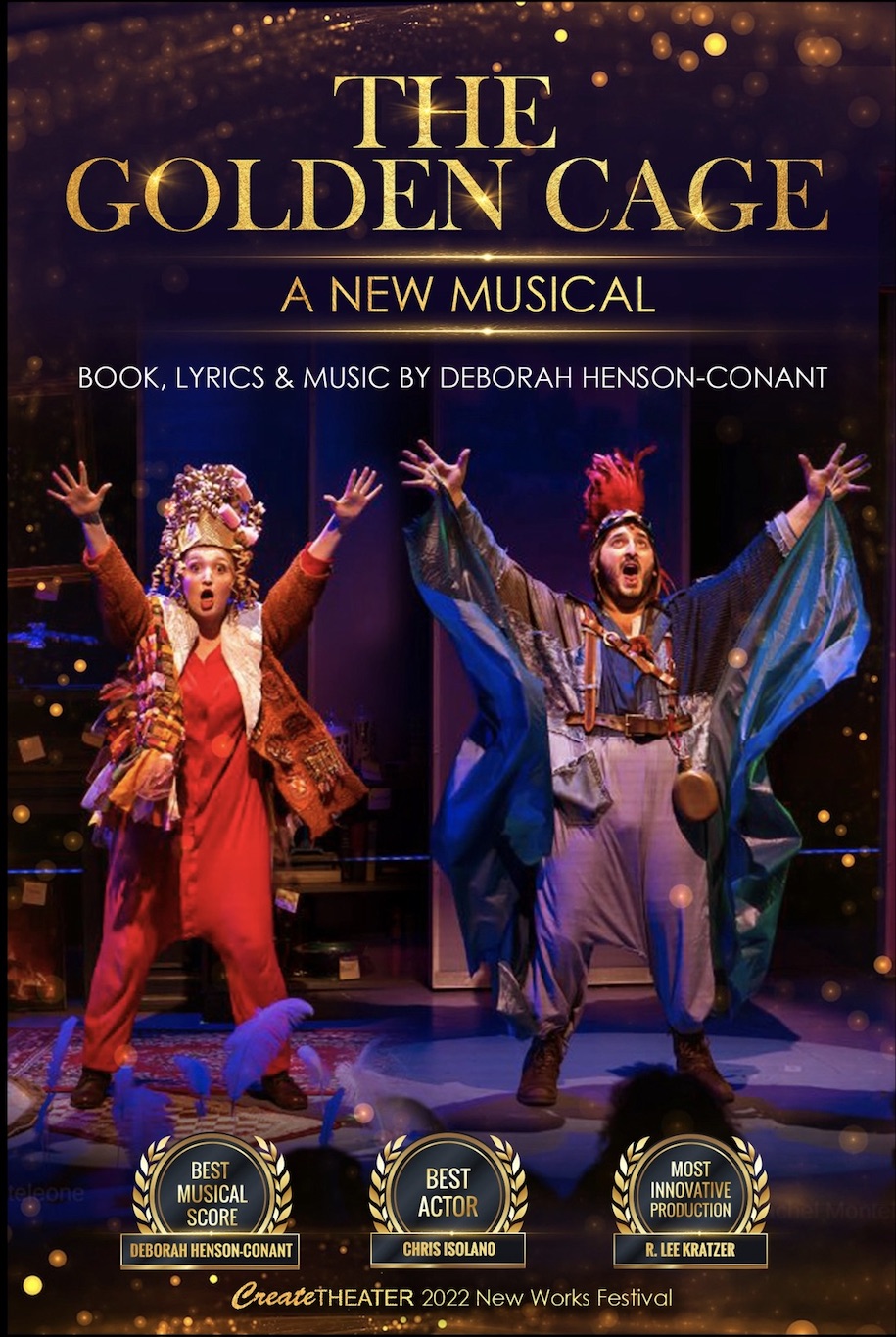
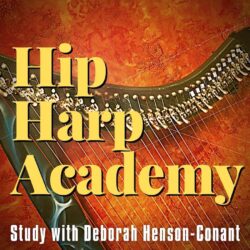
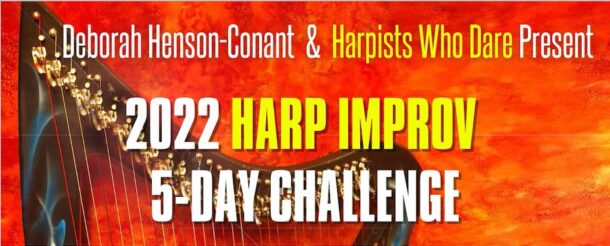
Join for Freebies, Stories & News
Join to get weekly-ish emails with stories, videos & events like concerts & classes
Yay! You should get my next newsletter within the next 7-10 days. I'm so happy we'll be in touch!
I won't ever share your email address with others - and you can unsubscribe anytime, tho most people say they really enjoy these weeklish emails.